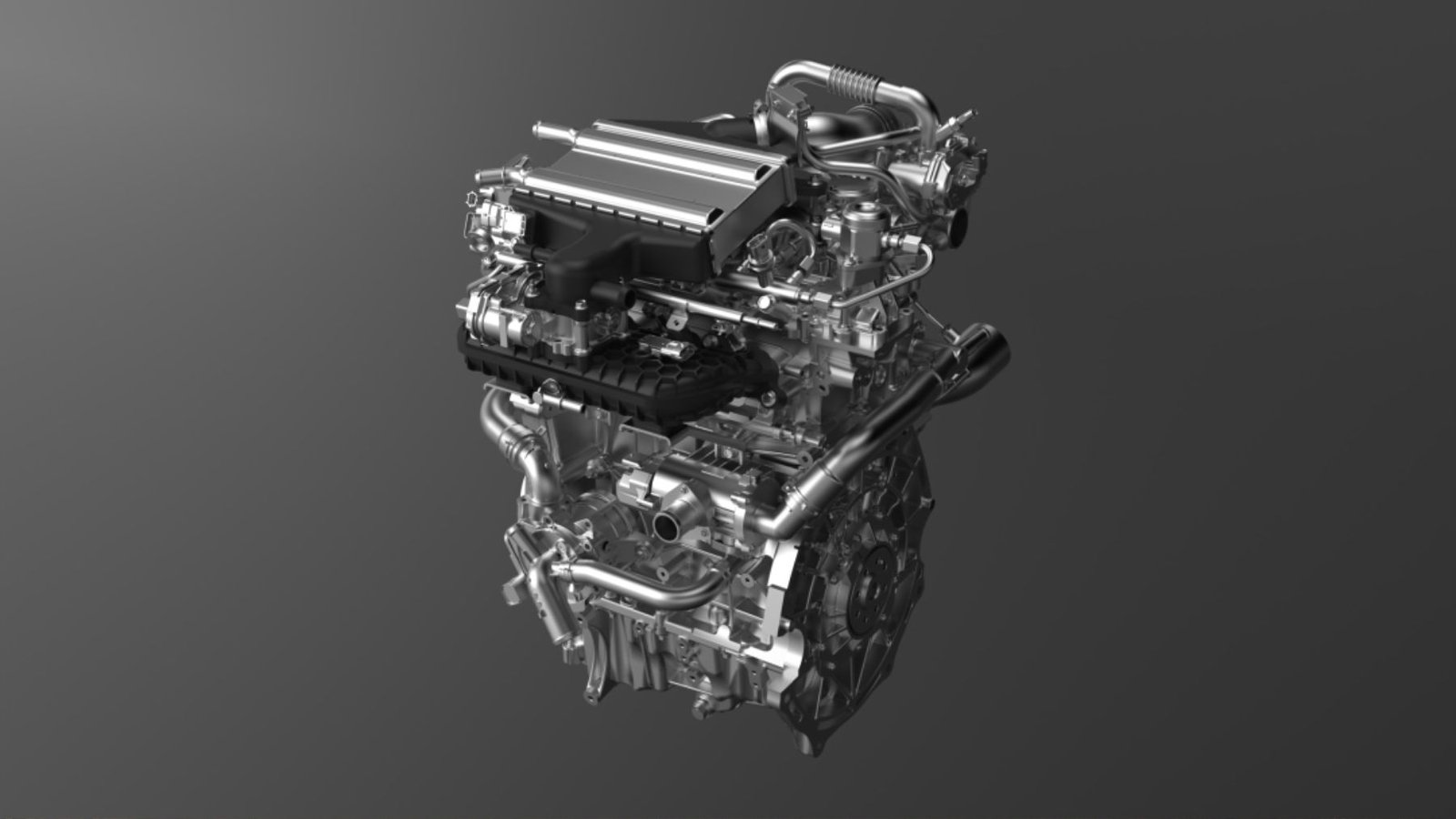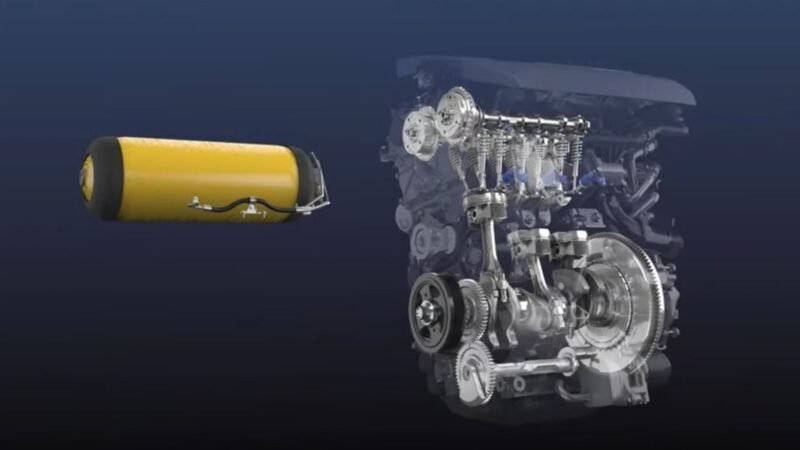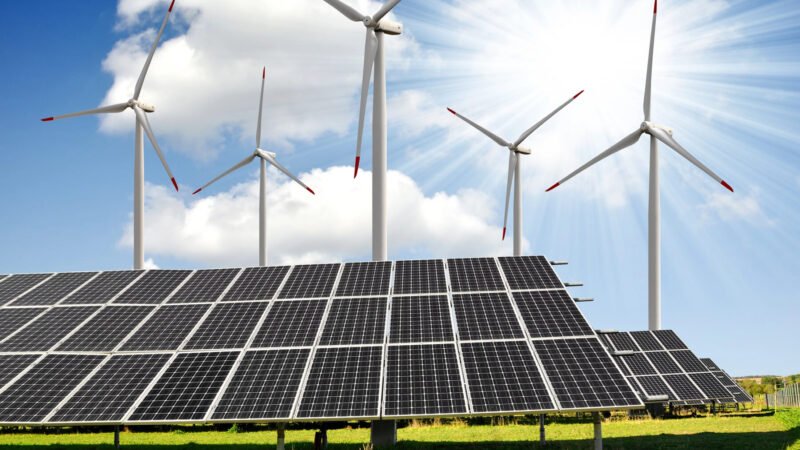Este es el primer motor que lo usa

Porcelana seems to have found the fuel of the future, and it has nothing to do with hydrogen. Additionally, the first engine that uses it has arrived. Hydrogen reaches unsuspected limits, something that has been fully demonstrated with the vehicle that will use it for the first time. Its unique potential as an alternative and renewable fuel source is already widely recognized, to the point that it has sparked interest in various sectors such as electricity, heating, and transportation.
Given the growing progress driven by new alternatives entering the market, it is forecasted that the global hydrogen market will grow and exceed $200 billion by the end of 2025, according to CAS.
The emergence of this new paradigm will result in new opportunities in the commercial, academic, and governmental fields. As forecasts place hydrogen in the lead, a large number of manufacturers have opted for H-fuel vehicle manufacturers. However, now another variant arrives that could make us forget the hydrogen fever.
China replaces hydrogen with the fuel of the future
Ammonia is considered a clean fuel for ships, planes, trucks, and trains. In fact, GAC from China believes it also has a prosperous future in the passenger car sector. They created a combustion engine to test this theory, capable of reducing emissions by approximately 90%. In some cases, ammonia can transport hydrogen even more optimally than hydrogen itself.
It is easier to handle because it is liquid at room temperature and does not require expensive compression or cryogenic liquefaction equipment. It can be produced cleanly, although most of its current production is not done that way. Additionally, it is highly corrosive and we are talking about a dangerous substance for both humans and many other living beings. In this way, we are facing a fuel which has its advantages and disadvantages, as with gasoline and diesel, the most conventional fuels.
Some projects associated with green ammonia vehicles aim to «break down» ammonia into hydrogen, release nitrogen into the air, and use a fuel cell to produce electricity, while others use it in modified combustion engines. The latter case is what we will develop next.
China bets on a fuel that goes beyond hydrogen
Guangzhou Automobile Group Co. (GAC) announced at a technology day presentation in 2024, the development of a 2.0-liter engine with the ability to safely and efficiently burn liquid ammonia. According to Bloomberg, GAC boasts a power of 120 kW (161 hp) and a 90% reduction in carbon emissions compared to conventional fuels.
Technically, we are not talking about the first engine of these characteristics, as a decade ago, researchers from the Korea Energy Research Institute tested a machine called AmVeh that used 70% ammonia and 30% gasoline. This reduced carbon emissions by 70%, and the AmVech team focused on an engine fully powered by ammonia.
From the GAC engine, it seems that some carbon dioxide is still being produced, probably also using another source of carbon dioxide. Fuel. This makes sense, as the low flame spread rate in ammonia tends to make it more difficult to operate the engine at high revolutions or under low load conditions.
Categorically, China is betting on ammonia (the fuel of the future), although it must face several challenges to do so. If you want to know more about this type of engines, you can’t miss this article.







